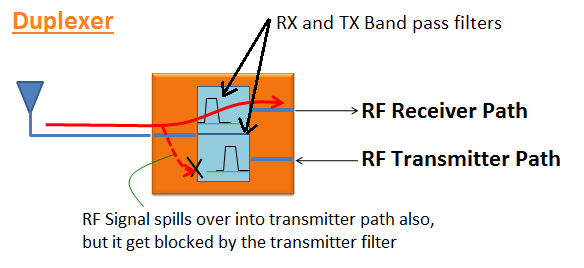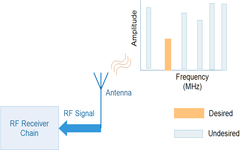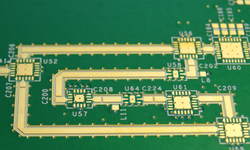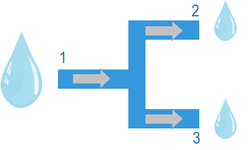What is Duplexer, How it is used, Advantages and Disadvantages ?
A duplexer is a three port filtering device which allows transmitters and receivers operating at different frequencies to share the same antenna.
A duplexer typically consists of two band pass filters connected in parallel. One filter provides a path between the transmitter and the antenna, the other provides a path between the antenna and the receiver. No direct path between the transmitter and receiver exists.
Duplexer is used in FDD based system designs like FDD base stations. For Example LTE Band 3 eNodeB designs, duplexer is used at the antenna port of the eNodeB, where duplexer transmitter to antenna port passes 1805MHz to 1880MHz frequencies and antenna to reciever port passes 1710MHz to 1785MHz frequencies, thus it seperates out the transitter and reciever frequency bands.
Advantage of using duplexer
The obvious advantage of using a duplexer is that we can transmit and receive with only one antenna. With space on towers at base station sites at a premium, this is a real advantage.
Disadvantages
Due to its insertion loss, it increases the noise figure of the reciever chain and thus reduces the sensitivity of the system. But reciever chains gain and noise figures are managed smartly to meet the 3GPP radio specifications.




